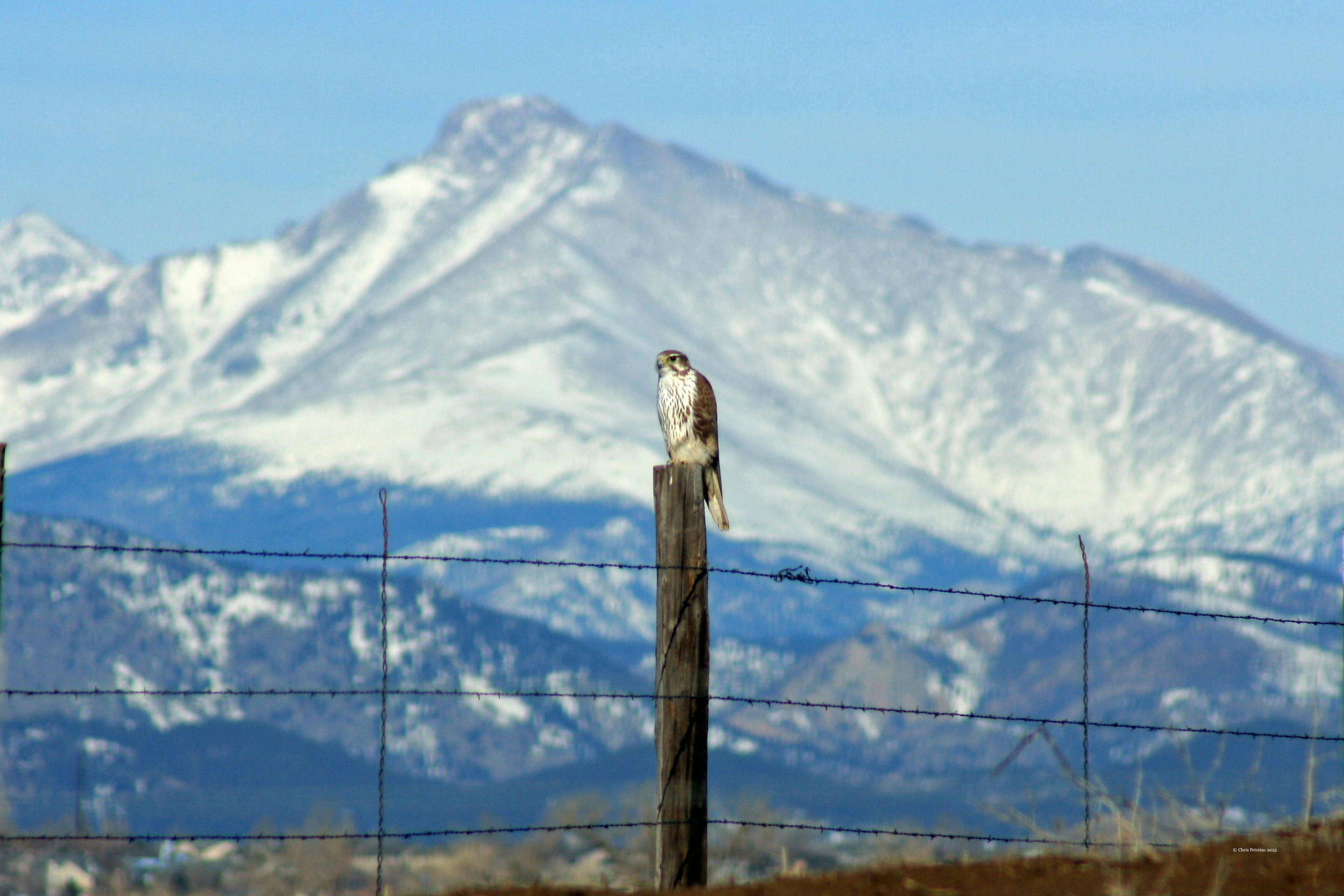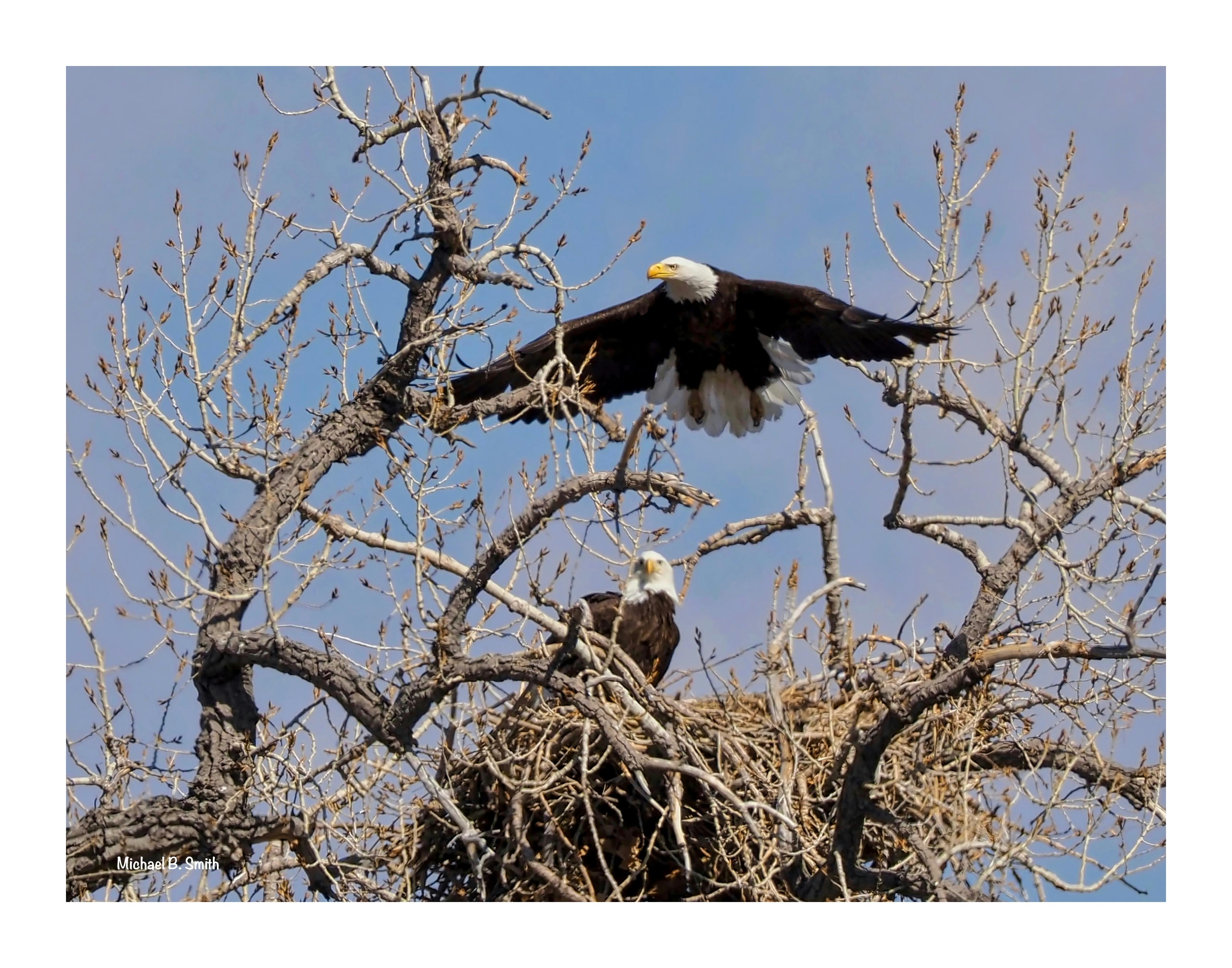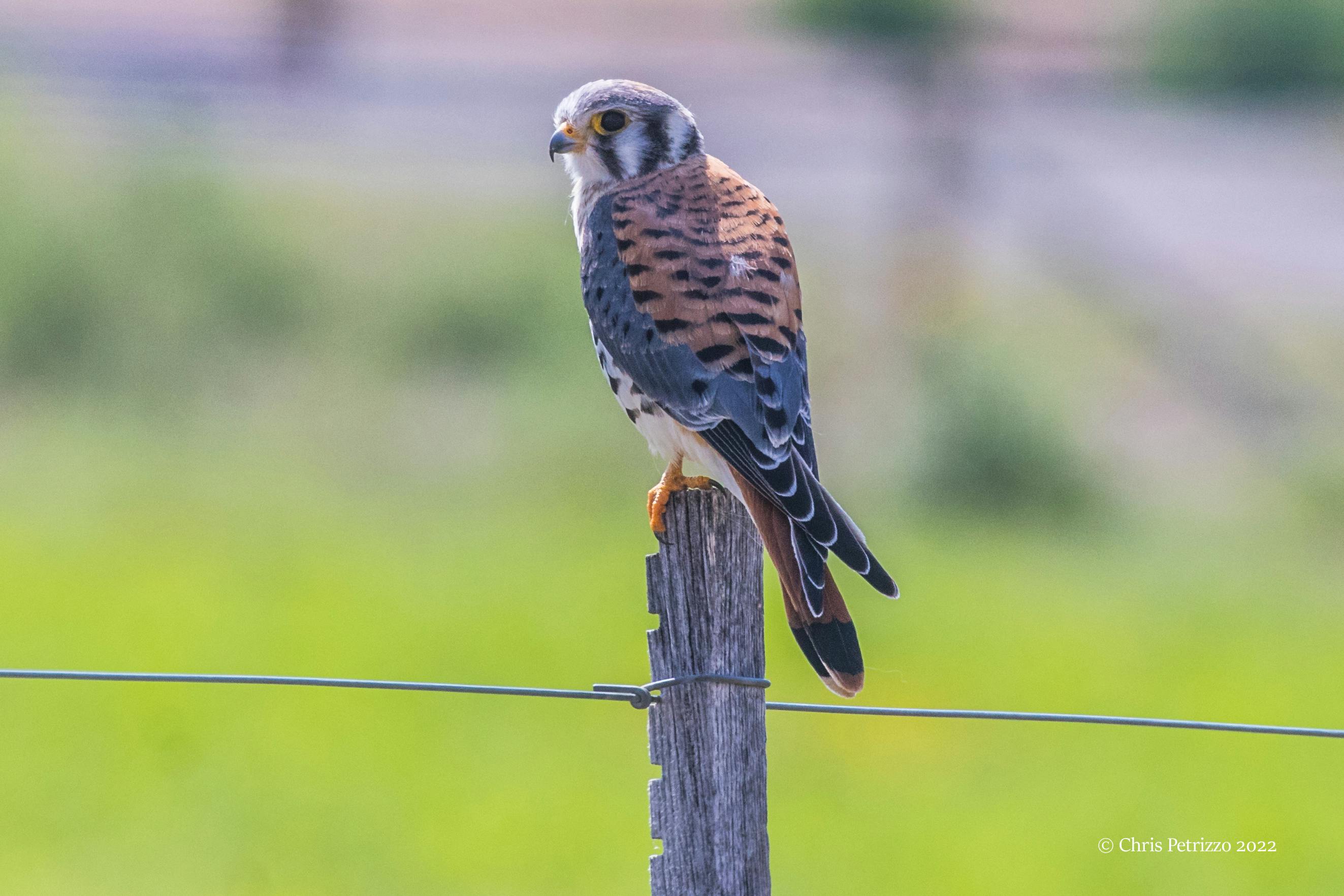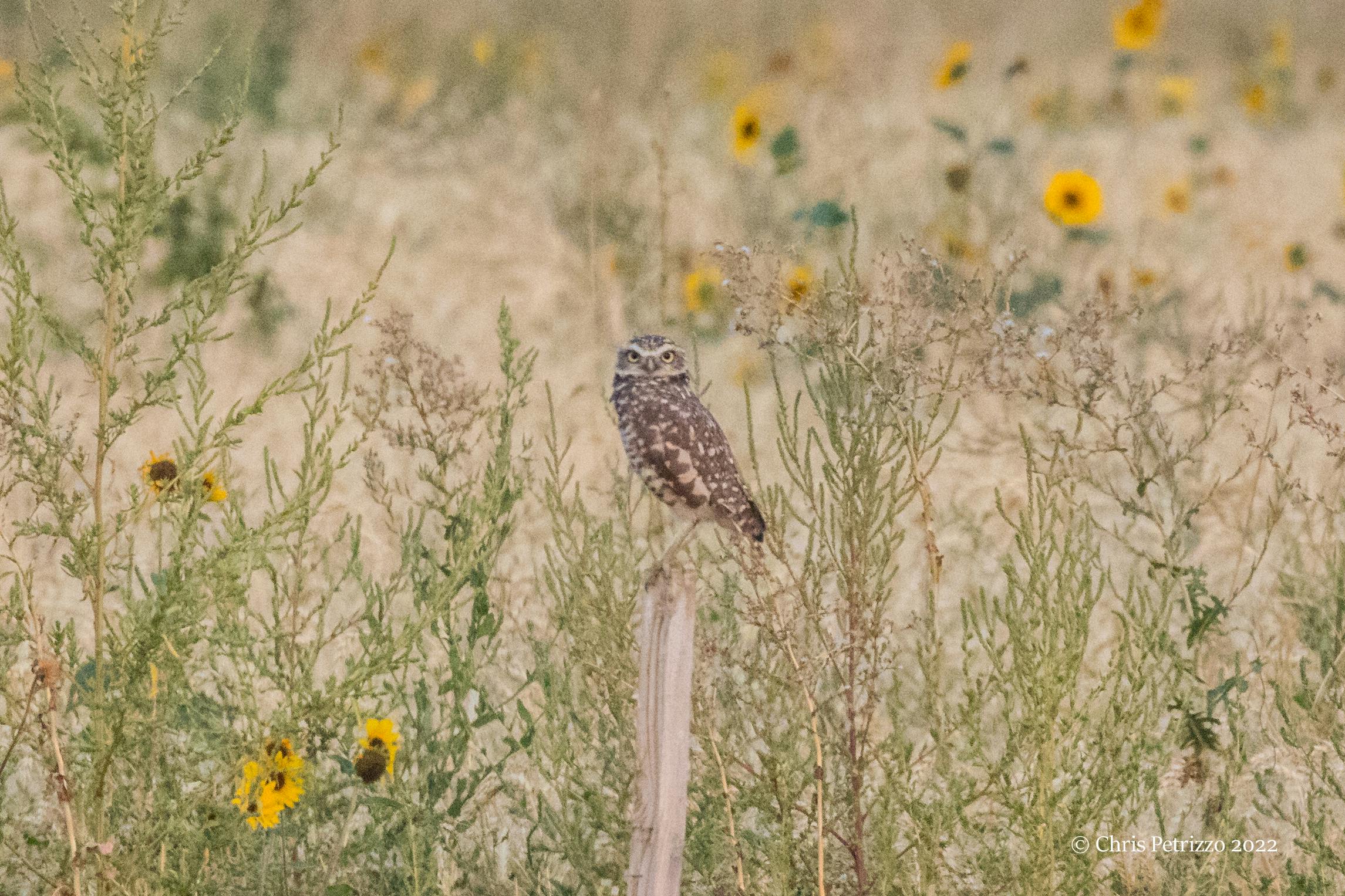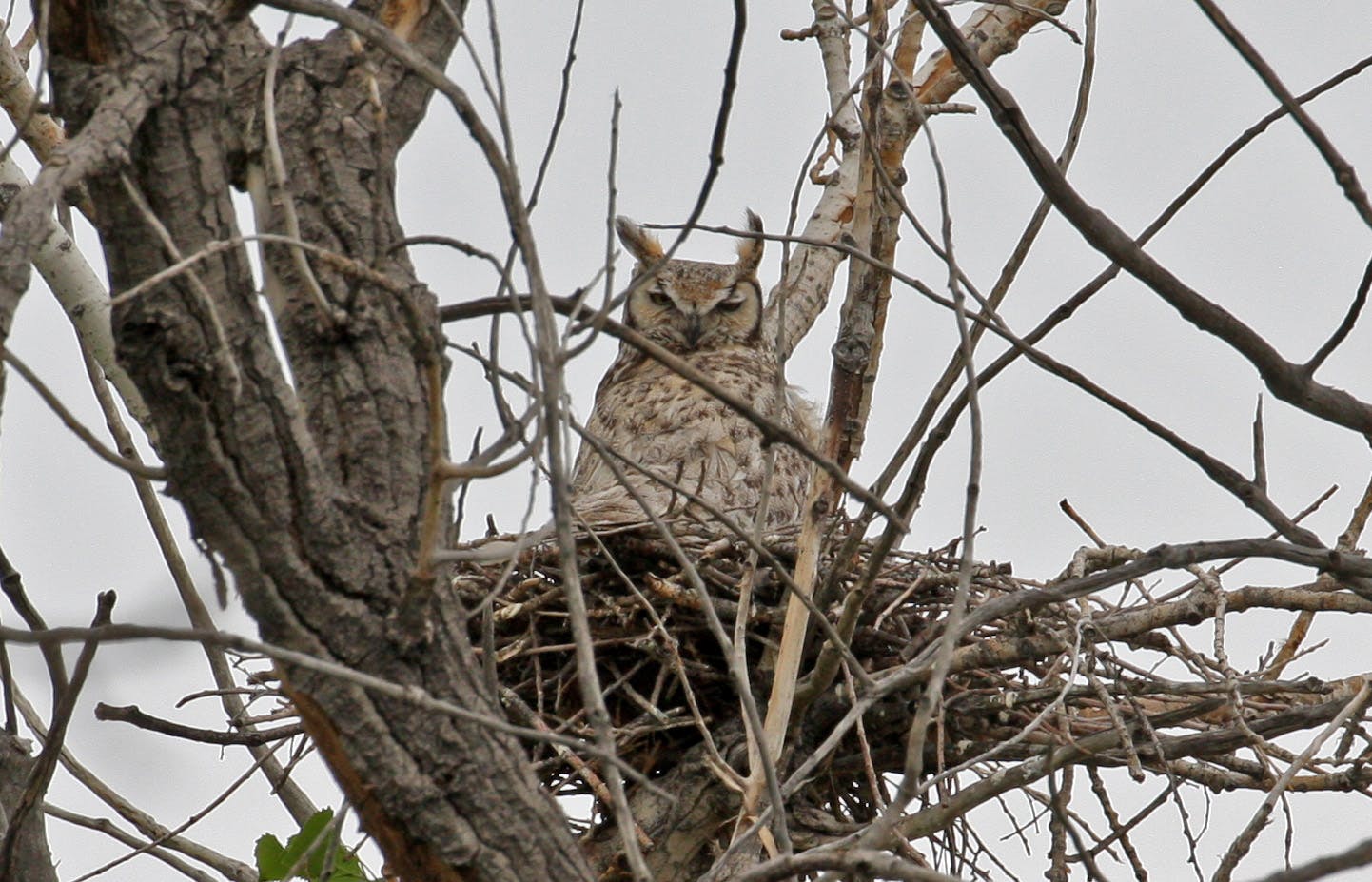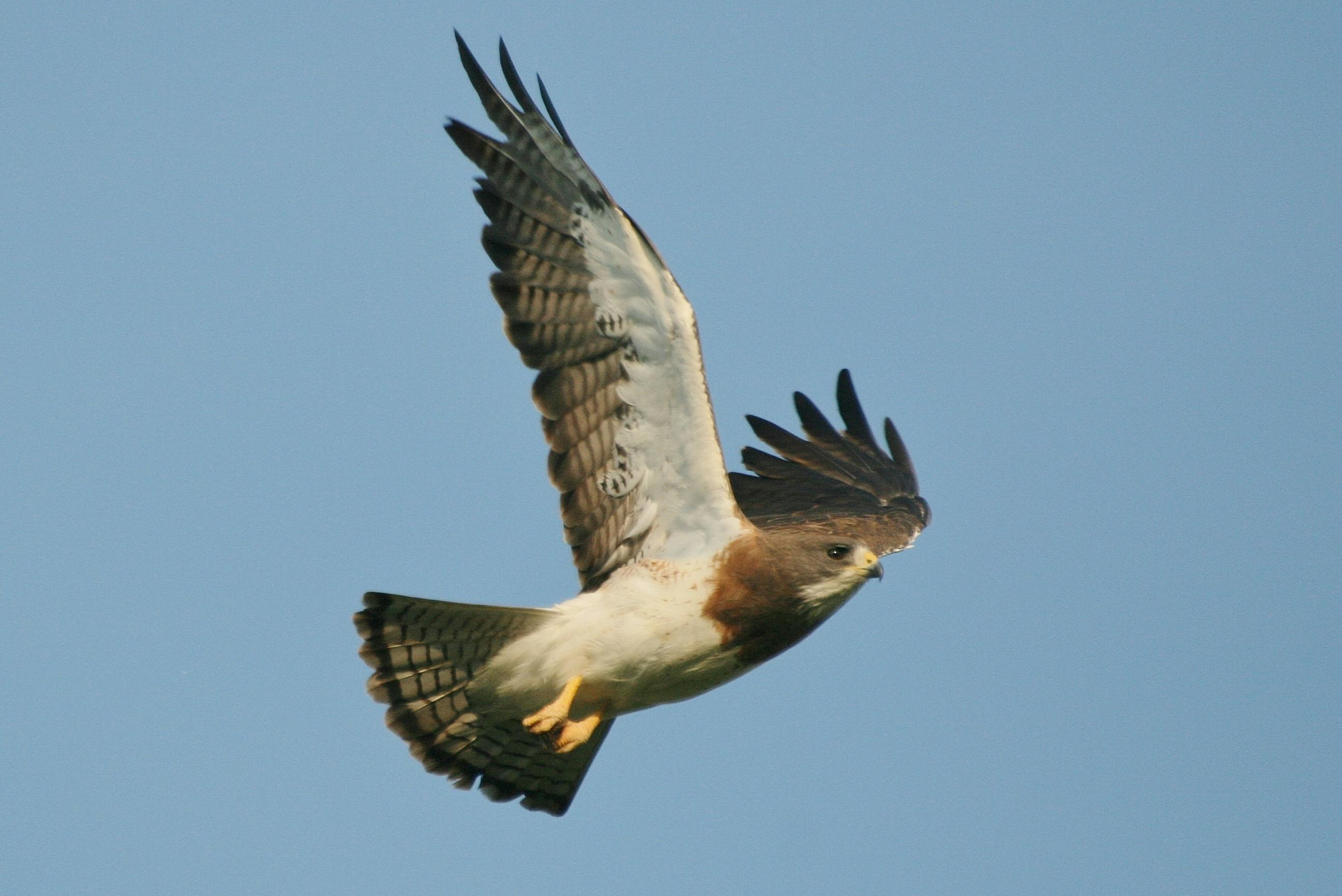Broomfield Raptor Management Plan
ARCHIVED
The Raptor Management Plan is approved! On Aug. 27, 2024 Broomfield City Council approved the Raptor Management Plan. Open Space & Trails staff and volunteers will begin to implement the plan as outlined.
You can review the project information below. For more information, please visit the Broomfield Open Space and Trails Plans webpage(External link) or contact Open Space & Trails staff at openspace@broomfield.org
Project Summary
Broomfield is fortunate to have a variety of active raptor populations thriving in a suburban setting. However, these majestic birds, which include species like Bald Eagles, Great Horned Owls and Red-tailed Hawks, are sensitive to human disturbances. Open Space and Trails Staff, along with a team of ecological consultants from Smith Environmental and Engineering, developed a Raptor Management Plan. This plan seeks to protect raptors, identify and enhance raptor habitat in Broomfield, and recommend best practices to promote raptor breeding and nesting success.
Public Engagement Summary
The team presented the Raptor Plan Overview(External link) in September 2021 and the Raptor Plan Draft Phase(External link), a progress report and outlined plan, in October of 2022. The Draft Final Plan was presented to and approved by the Broomfield Open Space and Trails Committee on June 27, 2024; the Final Plan was approved by the Broomfield City Council on August 27, 2024. Please visit the Broomfield City Council webpage(External link) for more information about the meeting.
The Broomfield City Council approved the Final Plan on August 27, 2024.
Click Here to view the Final Plan.(External link)
(External link)Click Here to view the Appendices.(External link)
Click Here to view the Memo to City Council.(External link)
Raptor Management Plan Outline:
- Introduction
- Raptor Biology
- Raptor Protection
- Public Engagement
- Causes of Raptor Fatality
- Priority Habitat in Broomfield
- Plan Recommendations
Broomfield Raptor Breeding Guide:
Species | Jan | Feb | Mar | Apr | May | Jun | Jul | Aug | Sep | Oct | Nov | Dec | Incubation Period |
Bald Eagle | * | * | * | * | * | 35 days | |||||||
Golden Eagle | * | * | * | * | 41-45 days | ||||||||
Osprey | * | * | * | * | 38 days | ||||||||
Cooper’s Hawk | * | * | * | 36 days | |||||||||
Sharp-shinned Hawk | * | * | * | * | 30-35 days | ||||||||
Red-tailed Hawk | * | * | * | * | 28 days | ||||||||
Ferruginous Hawk | * | * | * | 32 days | |||||||||
Swainson’s Hawk | * | * | * | * | 35 days | ||||||||
Northern Harrier | * | * | 24-30 days | ||||||||||
American Kestrel | * | * | * | * | * | 29- 31 days | |||||||
Prairie Falcon | * | * | * | 29-39 days | |||||||||
Burrowing Owl | * | * | * | * | 30-37 days | ||||||||
Great-horned Owl | * | * | * | * | * | * | * | 28-30 days | |||||
Eastern Screech Owl | * | * | * | 26- 34 days | |||||||||
Common Barn Owl | * | * | * | * | * | 30 days | |||||||
Turkey Vulture | * | * | * | 38-41 days |
*Shaded cells represent the active nesting period; asterisks represent the period of nests with young.



